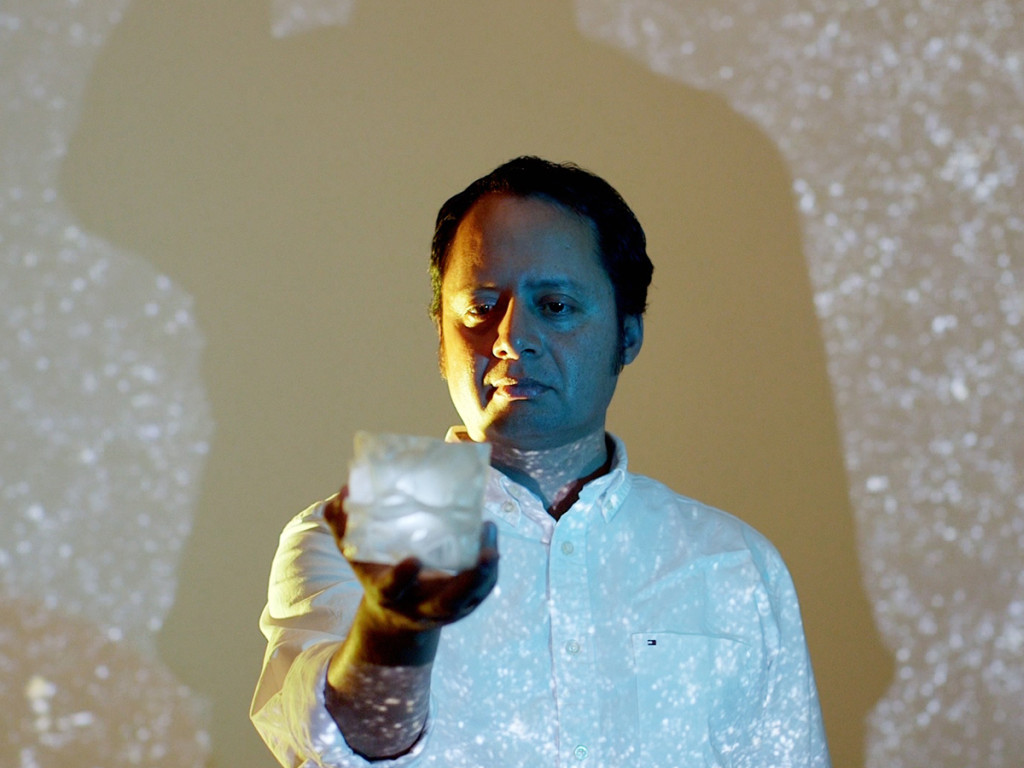
UCR physics and astronomy researcher Miguel Aragon-Calvo has created a 3-D printed model of the cosmic web — a network of filaments of dark matter, believed by many astronomers to form the basis of the universe. By using this model, Aragon-Calvo hopes to understand galaxy formation, particularly how gas particles accumulate into galaxies through gravity in a method called gas accretion.
Aragon-Calvo began his research by displaying 3-D computer simulations using a 4k display (graphics that are four times higher than standard 1080p high definition) in order to model the cosmic web. After having difficulty with this method, the researcher used a 3-D printer to create a two-dimensional simulation and added a representation for time in the final tridimensional model.
“Tridimensional cosmic structures can be easily identified and tracked as four-dimensional objects where time is taken as another spatial variable,” Aragon-Calvo told UCR Today. “Even though I had visualized the cosmic web many times before in the computer screen, the solution only became obvious once I held the model in my hand.”
With this model, Aragon-Calvo was able to discover the importance that gas accretion has in regards to galaxy formation. Through what Aragon-Calvo describes as “playing” with the model, he discovered that gas accretion also helps regulate the formation of stars.
“In my particular area of research, Large Scale Structure of the Universe and galaxy formation there are many processes that have complex geometries such as gas accretion, where we see changes not only in the geometry of the problem but in the physical properties of the process. For instance some filaments where gas is injected into galaxies can become disconnected from their host galaxy and at the same time the gas in those filaments can change its temperature and density. Such problems are multidimensional (sic) in nature and require complex visualizations, even then we are still missing critical information,” Aragon-Calvo elaborated.
The physicist hopes to publish these findings in the Monthly Notices of the Royal Astronomical Society peer-reviewed research journal by this month. In addition to his work with UCR, Aragon-Calvo has worked as a research assistant for John Hopkins University where he completed his postdoctoral research.
“I am convinced that eventually 3-D (sic) printers will be a common tool in science. In astronomy it is already showing its great potential to help us solve complex problems,” Aragon-Calvo stated in regards to the use of 3-D printing as an educational tool. “Babies learn by observing and touching, even placing objects in their mouth in order to gain more information … By touching a 3-D printed model, by turning it over in your hands, we can often acquire the kind of information that our visual sense alone cannot provide.








